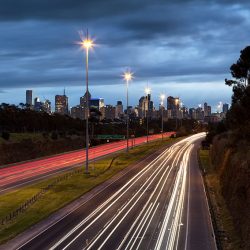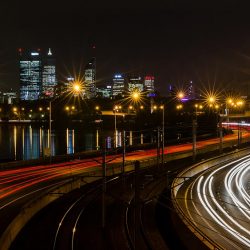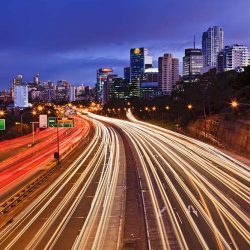We often deliberate what Australia will look like in 2040, and while the question won’t be fully answered until that year, the choices when make now will significantly affect our future quality of life.
According to the Department of Infrastructure and Regional Development’s latest report, Transport and Australia’s Development to 2040 and Beyond, maintaining and improving upon our current standard of living will support future generations to remain happy, healthy, productive and competitive in what is already a highly connected and technologically advanced world.
Over the coming month, we’ll be dissecting the new report in our four-part blog series by looking at the transportation trends, the major issues and the opportunities available in relation to the freight and heavy haulage industry, as well as everyday motorists.
Setting the scene on the Australian economy
We can’t change what we don’t know. Understanding Australia’s economic landscape is crucial for providing grounds to base changes in the transport sector. So, what do we need to know?
We’ve seen rapid change over the past few decades with the rapid industrialisation of the Chinese and Indian economies which has driven a sky-rocketing effect on the demand for commodities subsequently causing an inflation of commodity prices. In turn, Australia’s natural mineral wealth and geographic proximity to the Asia Pacific region aided growth in our own economy.
Yet things changed over the past few years, as mining slowed down and construction boomed. In turn, commodity prices have now decreased. Low-interest rates and the waning Australian dollar has seen a regeneration of the economy towards supporting the non-resource sectors. At the current state-of-play, the low Australian dollar has contributed to making our exports cheaper and consequently more competitive globally.
What does the economic state mean for transport?
Australia has been in a constant budget deficit and unless that changes, we face a tight financial environment. This means that Australian businesses, innovators, those in power and every day Australians need to be smarter and more open to fresh and modernistic ways of offering transport capacity for Australia’s increasing freight industry and growing population, all the while using foresight to identify potential demands when deciding where to build transport infrastructure.
Australian roads at a glance
- The most popular means of transport for local travel and trips of up to 400km
- Light vehicles account for 75% of vehicles on Australian roads
- Peak-hour (morning and afternoon) has greatly sharpened over the past 30 years, putting immense pressure on transport system
- Freight volumes are increasing and over three-quarters of non-bulk freight is transported on roads – the most popular movements are between Brisbane, Sydney, Adelaide and Melbourne
- Without action, congestion will worsen. It’s predicted to double over the next 15 years, putting a strain on efficiency and productivity
At The Drake Group, we support investments that make our roads safer and our transport industry stronger for now and the future. Stay tuned for our second instalment in this series. In the meantime, get in contact with The Drake Group to see how our heavy haulage trailers can meet your transport business needs.


